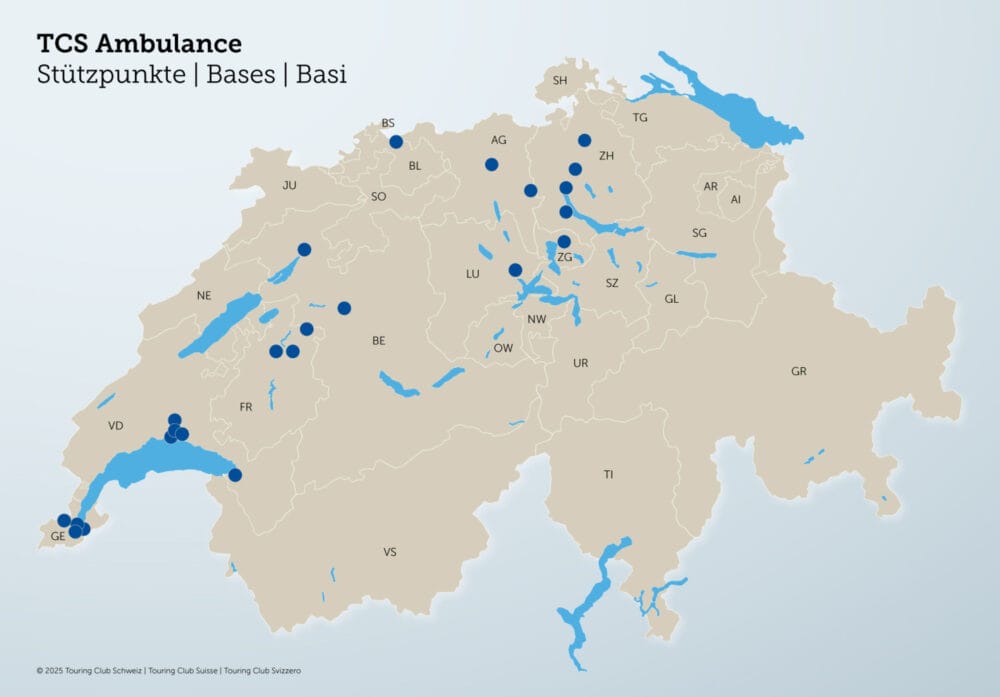Highly toxic insecticides in the Swiss forest
Around 700 kilograms of highly toxic insecticides were sprayed on felled logs in Swiss forests in 2018. This is shown by research conducted by the Doctors for Environmental Protection (AefU). If the forest did not have to serve as a timber yard, the use of poisons would be unnecessary, as the example of Glarus shows. The AefU demand a ban on the use of the poisonous club in the forest.

© Depositphotos/kwasny222
The bark beetle loves unpeeled, cut wood and can infest it. Especially now in spring, many forestry operations spray the extremely toxic insecticide cypermethrins. The amount of poison used is not known to the federal government.
The doctors for Environmental protection (AefU) therefore prepared a projection based on a survey of the 25 cantonal forest commissioners. About 700 kilograms highly toxic insecticides were sprayed on felled tree trunks in the Swiss forest in 2018 (so-called roundwood spraying). Around twelve percent of the total amount of cypermethrin sold in Switzerland thus ended up in the forest.
Even banned insecticides sprayed in the forest
The AefU research also shows: In the Swiss Forest even banned insecticides were applied in 2018. In the Aargau forest, four sprays landed on tree trunks in 2018 that have not been permitted since July 2017. Two of them contain the extremely toxic chlorpyrifos. Timber camps in the Bern forest also got a chlorpyrifos product and two other banned insecticides in 2018. In the cantons of Fribourg, Lucerne and Zug, one banned product each was used.
It is true that the Swiss Forest Act states: "No substances hazardous to the environment may be used in the forest" (Art. 18 WaG). Exceptions are possible, but these seem to be more the rule: 22 of the 25 cantonal forestry offices approved the use of highly toxic insecticides in 2018 to 'impregnate' tree trunks felled in the forest.
Stop the poisonous club in the forest
The AefU demand a ban on the use of insecticides in the entire Swiss forest. The example of Glarus shows that it is possible without poison.
The insecticides cypermethrin and chlorpyrifos
Cypermethrins (e.g. cypermethrin, alpha- and zeta-cypermethrin) are considered to be very toxic, irritant and organ-damaging to humans. Some are suspected of acting like hormones and causing cancer. All cypermethrins are also potent fish toxins. They pose a great danger to nearby bodies of water. Zeta-cypermethrin is also toxic to bees.
More info









